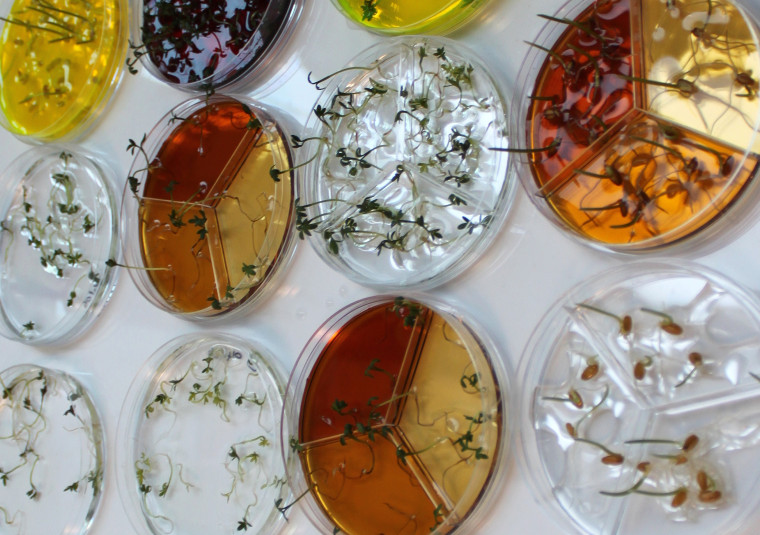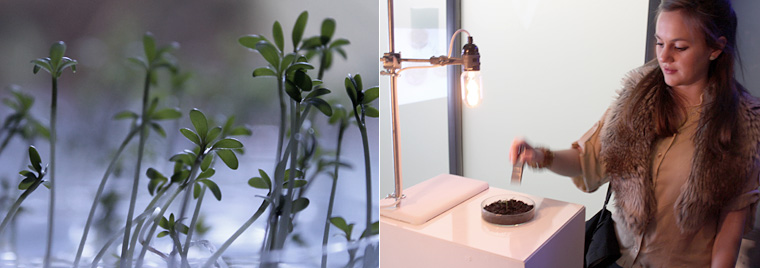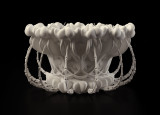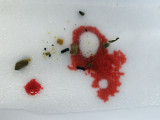To design responsive movements in plants
Nanomagnetic Plants

Laura Cinti C-LAB
It is almost impossible to perceive plant behaviour through layers of growth without the aid of imaging instruments. Thus, my artistic motivation of inducing immediate behaviour in plants was aimed at challenging our perception of plants. An inspirational idea that helped propel this work was the use of engineered magnetic nanoparticles as ‘smart drug delivery systems’ towards guiding stem cells inside living organisms to damaged tissue conducted at UCL Centre of Advanced Biomedical Imaging (CABI) where I was based. Of interest was how these magnetically tagged stem cells were transported inside living organisms using an external magnet outside the body.

Magnetic nanoparticles produce an ‘invisible interface’ capable of generating interactive motion in plants.
Interlinking these ideas suggested a strategy of using magnetic nanoparticles to produce an ‘invisible interface’ capable of generating interactive motion in plants. One of the properties of these nanoparticles is their ability to bypass plants’ highly selective uptake. It is precisely their size that gives them the potential of escaping ‘under the radar’ of plants’ selection mechanisms. As the nanoparticles are absorbed into the roots, the plants can be controlled with an external magnet.
The artwork explores how movement can be actualised in plants and is the first demonstration of magnetically actuated plants. The significance of using nanoparticles as an artistic medium opens new perspectives that can challenge our understanding of plants, such as how we categorise and relate to them, by producing latent features such as interactive motion.


